Bresine
TPF Noob!
- Joined
- Dec 16, 2008
- Messages
- 46
- Reaction score
- 0
- Website
- www.flickr.com
- Can others edit my Photos
- Photos NOT OK to edit
Hi, sorry if this is a re-post of a common question. Im planning on buying my first D-SLR within days. Ive done about 2 months of reviewing different D-SLR's. My choice will be between the D60-or the D3000. Im a bit confused however on the major differences. Ive compared the spec sheets between the two models and I see no major differences other than the 3inch LCD display on the D3000. Can anyone please help me make a good purchase?...I like to shoot all kinds of photography.
side note: one thing i read on the spec sheet for the D3000 is "no Black and White Optimize Image options"....does this indicate the D3000 does not have a BW photo option?
apologize for my lack of knowledge, just getting started. Thanks for any advice!!
side note: one thing i read on the spec sheet for the D3000 is "no Black and White Optimize Image options"....does this indicate the D3000 does not have a BW photo option?
apologize for my lack of knowledge, just getting started. Thanks for any advice!!


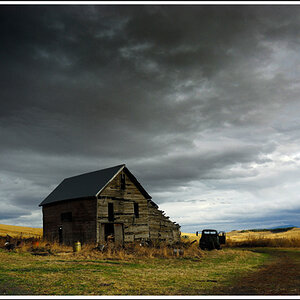
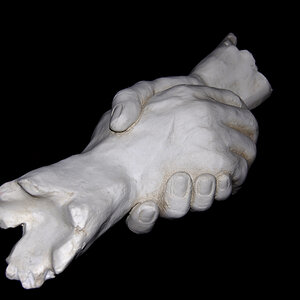
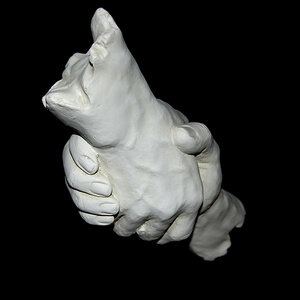
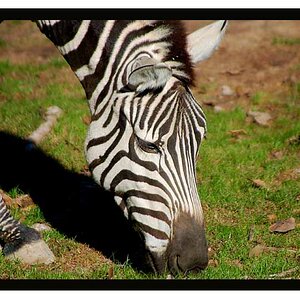
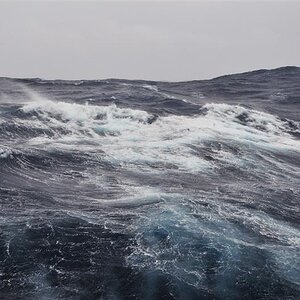
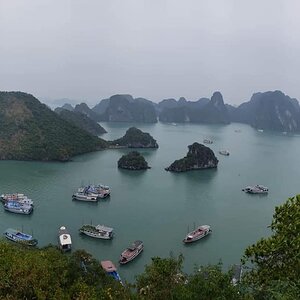
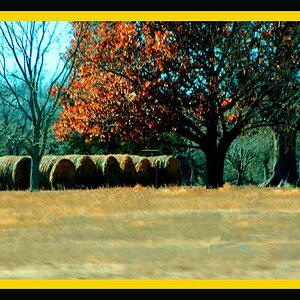
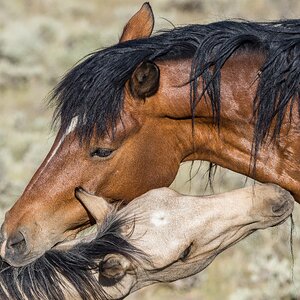
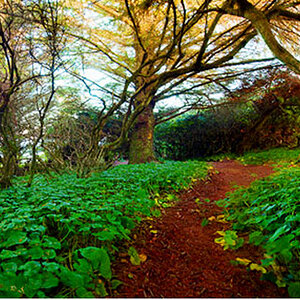
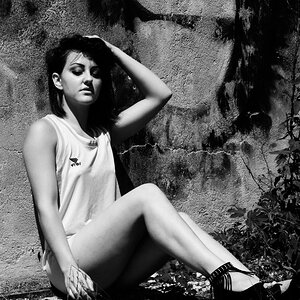

![[No title]](/data/xfmg/thumbnail/38/38264-552eb428d8a704186dcc43400f417d0f.jpg?1619738548)